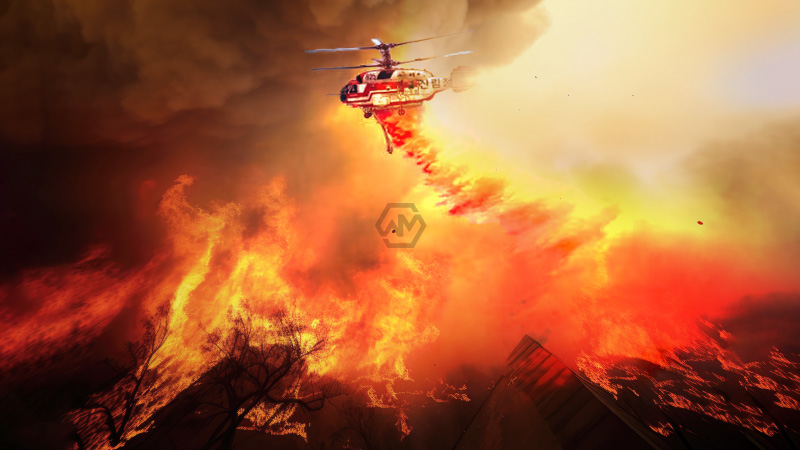- A 74-year-old pilot died after his firefighting helicopter crashed in Daegu on April 6.
- The Bell 206L model helicopter was 44 years old and one of five deployed.
- This is South Korea’s second fatal firefighting helicopter crash in two weeks.
A firefighting operation turned fatal in South Korea on Sunday, April 6. A helicopter crashed during efforts to extinguish a wildfire in Daegu’s Buk-gu district.
The blaze was brought under control shortly after the crash. However, the incident has intensified scrutiny on South Korea’s reliance on aging aircraft for critical firefighting missions. With forest fires on the rise due to climate-related conditions, officials are facing mounting pressure. They need to modernize firefighting resources and ensure the safety of personnel in increasingly dangerous environments.
Daegu Helicopter Crash Sparks Safety Concerns Amid Rising Wildfires
South Korea is grappling with the second fatal helicopter crash in under two weeks. A 74-year-old pilot lost his life while battling a wildfire in Daegu on April 6. The crash took place near the fire site in Seobyeon-dong. It has once again spotlighted the vulnerability of emergency responders operating in extreme conditions.
The helicopter involved was a Bell 206L model, manufactured more than four decades ago. Its age has drawn criticism from safety experts and lawmakers. They argue that outdated equipment endangers the lives of those tasked with protecting the public. Authorities have launched an investigation into the cause of the crash. They are expected to review national safety protocols.
This tragedy follows last month’s unprecedented wildfires in South Korea. They claimed 30 lives and destroyed over 48,000 hectares of land, including historic sites such as the Gounsa temple. Prolonged drought, record-breaking heat in 2024, and strong winds contributed to the fires’ rapid spread. These conditions challenged even the most seasoned firefighting units.
As forest fires become more frequent and intense, the need for upgraded firefighting tools and modernized response strategies is becoming increasingly urgent. With public pressure mounting, government officials may soon face calls for reform. There is also a demand for increased investment in disaster response infrastructure.
The loss of the pilot in Daegu is a stark reminder of the growing challenges frontline responders face amid worsening climate conditions. It underscores the urgent need for safer, modern equipment in South Korea’s firefighting arsenal.
“You can’t fight tomorrow’s fires with yesterday’s tools.”



